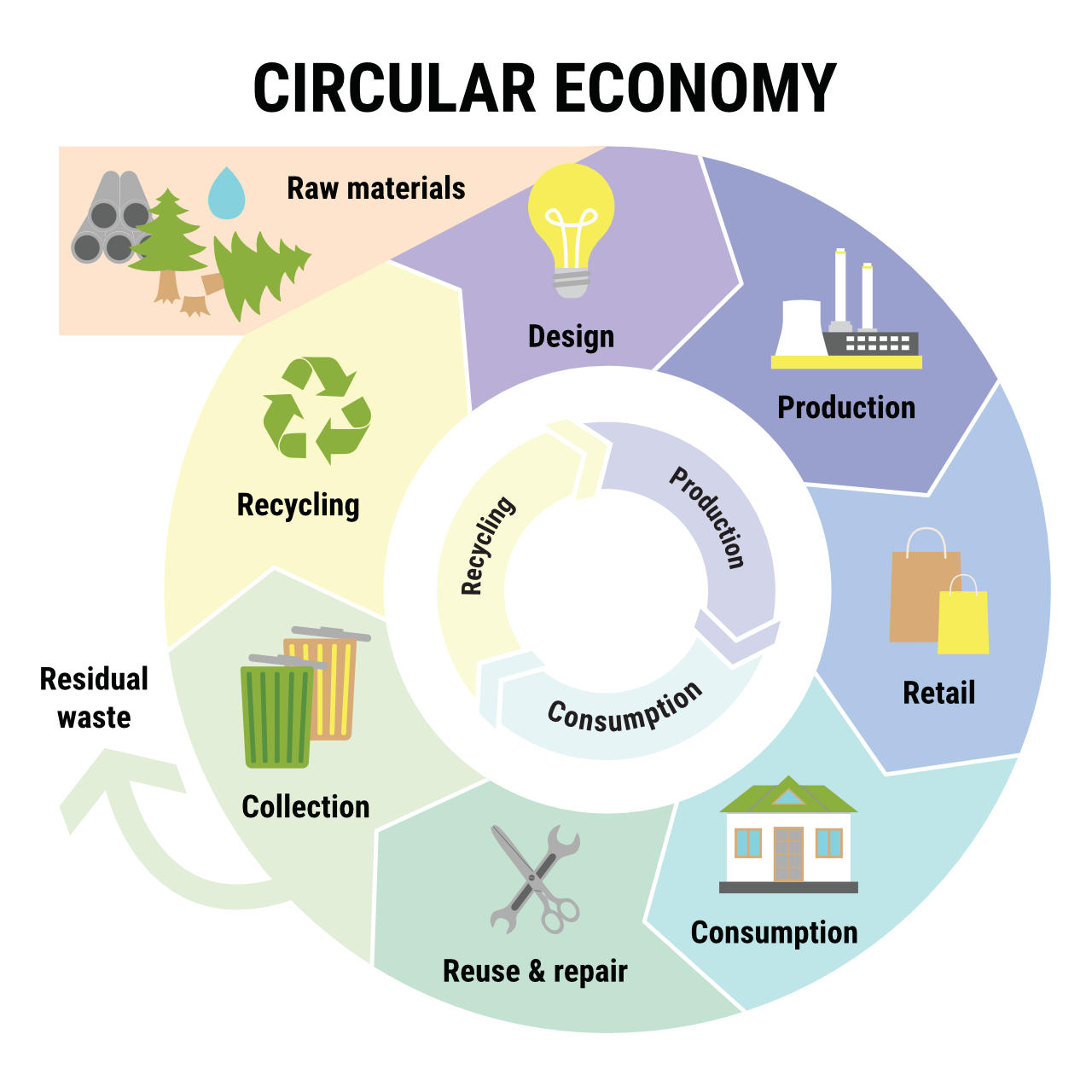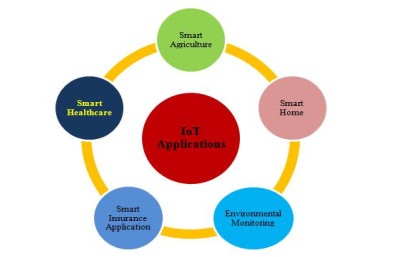Report on the European Commission’s Proposed Environmental Omnibus Legislation and its Implications for Sustainable Development Goals
1.0 Introduction
The European Commission has initiated a “Call for Evidence” for a forthcoming “environmental omnibus proposal.” This legislative initiative is designed to simplify environmental regulations and lessen administrative burdens on businesses. The proposal focuses on key areas integral to the UN Sustainable Development Goals (SDGs), including the circular economy, industrial emissions, and waste management. This report analyzes the proposal’s context, objectives, and direct alignment with the 2030 Agenda for Sustainable Development.
2.0 Strategic Context: Competitiveness and Regulatory Simplification
2.1 The Competitiveness Compass and SDG 8
This initiative is a component of a broader EU strategy to enhance economic performance, as detailed in the “Competitiveness Compass.” A primary objective of this roadmap is to reduce corporate reporting burdens by a minimum of 25%, with a target of 35% for Small and Medium-sized Enterprises (SMEs). This goal directly supports SDG 8 (Decent Work and Economic Growth) by aiming to foster productivity and global competitiveness within the European economic landscape.
2.2 Precedent: The “Omnibus I” Package
The Commission’s first major simplification package, “Omnibus I,” was introduced in February 2025. It targeted the reduction of sustainability reporting and regulatory obligations for companies. Key regulations affected included:
- Corporate Sustainability Reporting Directive (CSRD)
- Corporate Sustainability Due Diligence Directive (CSDDD)
- The EU Taxonomy Regulation
- The Carbon Border Adjustment Mechanism (CBAM)
This initial package raised concerns regarding the potential dilution of corporate accountability, a critical element for achieving SDG 12 (Responsible Consumption and Production) and SDG 16 (Peace, Justice and Strong Institutions). The EU Ombudsman has also initiated inquiries into the procedural development of Omnibus I, questioning the omission of public consultations and impact assessments.
3.0 Analysis of the New Environmental Omnibus Proposal
3.1 Core Objectives and Alignment with Sustainable Development Goals
The new proposal seeks to reduce administrative costs for companies related to reporting, monitoring, and auditing without compromising the underlying environmental objectives. The initiative is intrinsically linked to several SDGs:
- SDG 12 (Responsible Consumption and Production): By simplifying legislation for the circular economy and waste management, the proposal aims to streamline corporate efforts towards sustainable production patterns and waste reduction (Target 12.5).
- SDG 9 (Industry, Innovation, and Infrastructure): The reduction of administrative burdens is intended to promote sustainable industrialization and foster innovation by making compliance more efficient for businesses.
- SDG 13 (Climate Action): Addressing regulations related to industrial emissions is a direct action pertinent to climate change mitigation efforts.
- SDG 11 (Sustainable Cities and Communities): Harmonizing waste management frameworks contributes to the development of more sustainable and cleaner urban environments (Target 11.6).
3.2 Key Measures Under Consideration
The Commission is assessing several measures to achieve its simplification goals. These measures are designed to advance specific SDG targets while reducing administrative complexity.
- Rationalizing Reporting Obligations: Streamlining reporting requirements under the Waste Framework Directive to improve efficiency in tracking progress towards SDG 12.
- Harmonizing Extended Producer Responsibility (EPR): Creating consistent EPR rules across the EU to strengthen producer accountability and support the circular economy, directly contributing to SDG 12.
- Streamlining Permitting and Assessments: Addressing challenges in the permitting process related to environmental assessments to facilitate the development of sustainable projects and infrastructure in line with SDG 9.
- Consolidating Reporting Obligations: Reducing duplicative reporting across the fields of circular economy, industrial emissions, and waste management to lower costs and improve data quality for monitoring progress against SDG 9, SDG 12, and SDG 13.
4.0 Conclusion and Forward Outlook
The European Commission plans to adopt the new environmental omnibus proposal in the fourth quarter of 2025. The stated intention is that “reducing the administrative burden of environmental laws will help make them more effective and ensure better environmental protection in the long run.” The success of this initiative will be measured by its ability to simultaneously bolster economic competitiveness (SDG 8) and accelerate progress towards critical environmental SDGs. The challenge lies in ensuring that simplification measures effectively enhance, rather than undermine, the EU’s robust framework for environmental protection and its commitment to the 2030 Agenda for Sustainable Development.
Analysis of SDGs, Targets, and Indicators
1. Which SDGs are addressed or connected to the issues highlighted in the article?
- SDG 8: Decent Work and Economic Growth
- SDG 9: Industry, Innovation and Infrastructure
- SDG 12: Responsible Consumption and Production
2. What specific targets under those SDGs can be identified based on the article’s content?
-
SDG 8: Decent Work and Economic Growth
-
Target 8.3: “Promote development-oriented policies that support productive activities, decent job creation, entrepreneurship, creativity and innovation, and encourage the formalization and growth of micro-, small- and medium-sized enterprises, including through access to financial services.”
Explanation: The article highlights the EU’s “Competitiveness Compass,” which aims to boost productivity and includes specific goals to “reduce reporting burdens by at least 25% for all companies, and 35% for SMEs.” This directly supports the growth and reduces the administrative load on small- and medium-sized enterprises.
-
Target 8.3: “Promote development-oriented policies that support productive activities, decent job creation, entrepreneurship, creativity and innovation, and encourage the formalization and growth of micro-, small- and medium-sized enterprises, including through access to financial services.”
-
SDG 9: Industry, Innovation and Infrastructure
-
Target 9.4: “By 2030, upgrade infrastructure and retrofit industries to make them sustainable, with increased resource-use efficiency and greater adoption of clean and environmentally sound technologies and processes, all countries taking action in accordance with their respective capabilities.”
Explanation: The initiative seeks to simplify legislation related to “industrial emissions.” The article mentions that measures could “include streamlining reporting obligations in the areas of… industrial emissions and waste management, and addressing permitting challenges relating to environment assessments.” This directly relates to the regulatory framework for making industries more sustainable and environmentally sound.
-
Target 9.4: “By 2030, upgrade infrastructure and retrofit industries to make them sustainable, with increased resource-use efficiency and greater adoption of clean and environmentally sound technologies and processes, all countries taking action in accordance with their respective capabilities.”
-
SDG 12: Responsible Consumption and Production
-
Target 12.5: “By 2030, substantially reduce waste generation through prevention, reduction, recycling and reuse.”
Explanation: The article explicitly states that the new omnibus package will assess legislation in “waste management.” It mentions specific measures like rationalizing reporting obligations under the “Waste Framework Directive” and harmonizing rules for “extended producer responsibility (EPR),” both of which are key policy tools for reducing waste. -
Target 12.6: “Encourage companies, especially large and transnational companies, to adopt sustainable practices and to integrate sustainability information into their reporting cycle.”
Explanation: The article extensively discusses the simplification of sustainability reporting regulations, including the “Corporate Sustainability Reporting Directive (CSRD)” and the “Corporate Sustainability Due Diligence Directive (CSDDD).” The entire “Omnibus I” package is aimed at reducing the burden of these specific reporting requirements, directly engaging with the implementation of this target.
-
Target 12.5: “By 2030, substantially reduce waste generation through prevention, reduction, recycling and reuse.”
3. Are there any indicators mentioned or implied in the article that can be used to measure progress towards the identified targets?
-
Target 8.3 (Promote policies for SMEs)
-
Indicator: Percentage reduction in administrative and reporting burdens.
Explanation: The article provides a specific, measurable indicator with its reference to the “Competitiveness Compass,” which outlines “goals to reduce reporting burdens by at least 25% for all companies, and 35% for SMEs.” This is a direct metric for measuring progress in reducing administrative burdens to support businesses.
-
Indicator: Percentage reduction in administrative and reporting burdens.
-
Target 12.5 (Substantially reduce waste generation)
-
Indicator: Implementation of national policies for waste reduction and management.
Explanation: The article implies this indicator by discussing the rationalization and harmonization of key policy instruments. It mentions the “Waste Framework Directive” and “extended producer responsibility (EPR) requirements.” The streamlining and effectiveness of these policies serve as an indicator of progress toward waste reduction goals.
-
Indicator: Implementation of national policies for waste reduction and management.
-
Target 12.6 (Encourage corporate sustainability reporting)
-
Indicator: Number of companies required to comply with sustainability reporting regulations.
Explanation: The article implies this indicator by discussing changes to the scope of regulations like CSRD. It notes that some lawmakers are “proposing much higher thresholds for the size of companies included in the scope of the regulations.” A change in these thresholds would directly alter the number of companies integrating sustainability information into their reporting, serving as a measurable indicator.
-
Indicator: Number of companies required to comply with sustainability reporting regulations.
4. Summary Table of SDGs, Targets, and Indicators
| SDGs | Targets | Indicators |
|---|---|---|
| SDG 8: Decent Work and Economic Growth | 8.3: Promote development-oriented policies that support productive activities… and encourage the formalization and growth of micro-, small- and medium-sized enterprises… | Percentage reduction in administrative and reporting burdens (explicitly stated as a goal of 25% for all companies and 35% for SMEs). |
| SDG 9: Industry, Innovation and Infrastructure | 9.4: …upgrade infrastructure and retrofit industries to make them sustainable… and greater adoption of clean and environmentally sound technologies and processes… | Streamlining of reporting obligations and permitting for industrial emissions and environmental assessments. |
| SDG 12: Responsible Consumption and Production | 12.5: By 2030, substantially reduce waste generation through prevention, reduction, recycling and reuse. | Implementation and harmonization of policies such as the Waste Framework Directive and Extended Producer Responsibility (EPR) schemes. |
| 12.6: Encourage companies… to adopt sustainable practices and to integrate sustainability information into their reporting cycle. | Number of companies required to comply with sustainability reporting (CSRD), based on company size thresholds. |
Source: esgtoday.com







